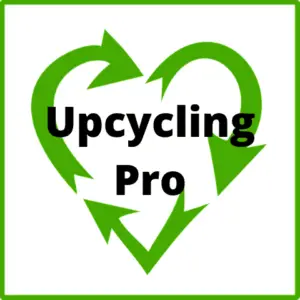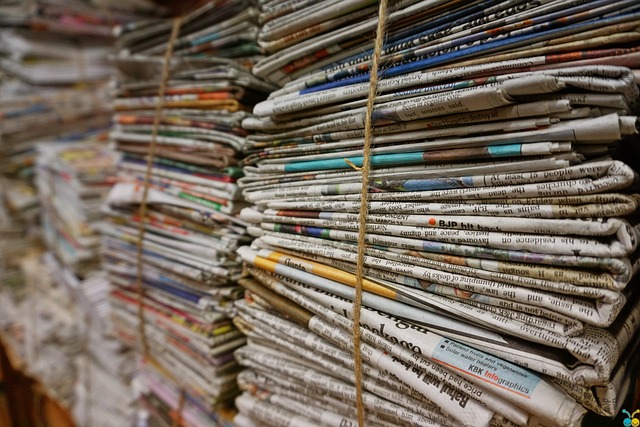As individuals, we have a responsibility to protect the environment and reduce our carbon footprint. One simple way to do so is by recycling paper. However, not all paper can be recycled, and it is important to know how to properly recycle it to prevent contamination. In this article, we will cover the steps to recycle paper, the types of paper that cannot be recycled, and alternative ways to reuse paper.
Introduction to Paper Recycling
Recycling paper helps to reduce the number of trees that are cut down for new paper products, saves energy, and reduces greenhouse gas emissions. The paper recycling process involves collecting, sorting, and processing paper waste to produce new paper products. Recycling paper is a simple and effective way to reduce your carbon footprint and contribute to a more sustainable future.
Types of Paper That Cannot Be Recycled
While paper is a recyclable material, not all paper can be recycled. The following types of paper cannot be recycled and should be disposed of in the regular trash:
- Paper towels
- Any paper coated with plastic, wax, or foil
- Juice boxes
- Paper with a lot of contamination (oils, food waste, etc.)
- Shredded paper
- Pet food bags
- Dryer sheets
- Wax paper
It is important to keep these types of paper out of your recycling bin as they can contaminate other recyclable materials.
Steps to Recycle Paper
The following steps outline how to properly recycle paper:
Step 1: Separate Recyclable Paper from Non-Recyclable Paper
Start by separating your recyclable paper from non-recyclable paper. This includes removing any plastic, foil, or wax coatings from the paper.
Step 2: Collect Recyclable Paper
Once you have separated your recyclable paper, you can collect it in a designated recycling bin. Some areas have curbside collection of recyclables, while others may require you to drop off your recyclables at a local collection center.
Step 3: Prepare Paper for Recycling
Before recycling paper, it is important to remove any staples, paper clips, or tape from the paper. These can damage the recycling equipment and should be removed before recycling.
Step 4: Sort Paper by Type
Different types of paper require different recycling processes. Therefore, it is important to sort your paper by type before recycling. Common types of paper include newspapers, magazines, office paper, and cardboard.
Step 5: Recycle Paper
Finally, place your sorted paper in the appropriate recycling bin. The recycling process will vary depending on your location, but typically involves cleaning, shredding, and pulping the paper to create new paper products.
Alternative Ways to Reuse Paper
In addition to recycling, there are other ways to reuse paper and reduce waste. Some creative ways to reuse paper include:
- Using shredded paper as packaging material
- Composting paper products
- Turning newspaper and office paper into mulch for your garden [3]
- Using scrap paper for note-taking or doodling
- Making paper mache crafts
Conclusion
Recycling paper is a simple way to reduce your carbon footprint and contribute to a more sustainable future. Remember to properly separate your recyclable paper from non-recyclable paper and to remove any staples, paper clips, or tape from the paper before recycling. Additionally, consider alternative ways to reuse paper to reduce waste.
FAQs: How to Recycle Paper
- What types of paper can be recycled? Common types of paper that can be recycled include newspapers, magazines, office paper, and cardboard. However, not all paper can be recycled. Paper towels, any paper coated with plastic, wax, or foil, juice boxes, paper with a lot of contamination (oils, food waste, etc.), shredded paper, pet food bags, dryer sheets, and wax paper cannot be recycled.
- How do I collect and dispose of recyclable paper? The best way to dispose of recyclable paper is to collect it in a designated recycling bin. Local waste haulers usually collect old paper from centralized drop-off containers in your area or the curbside collection at scheduled moments.
- Can shredded paper be recycled? No, finely cut paper that has been shredded or cross-cut cannot be recycled. The final size determination is generally up to the municipality or recycling business. My rule of thumb is to recycle everything that is at least 2 inches square. However, if the municipality won’t give you a specific size, then I would consider this.
- How can I reuse paper instead of recycling it? There are several alternative ways to reuse paper, including using shredded paper as packaging material, composting paper products, turning newspaper and office paper into mulch for your garden, using scrap paper for note-taking or doodling, and making paper mache crafts.
- Why is it important to recycle paper? Recycling paper helps to reduce the number of trees that are cut down for new paper products, saves energy, and reduces greenhouse gas emissions. Additionally, recycling paper helps to reduce the amount of waste sent to landfills, contributing to a more sustainable future.


